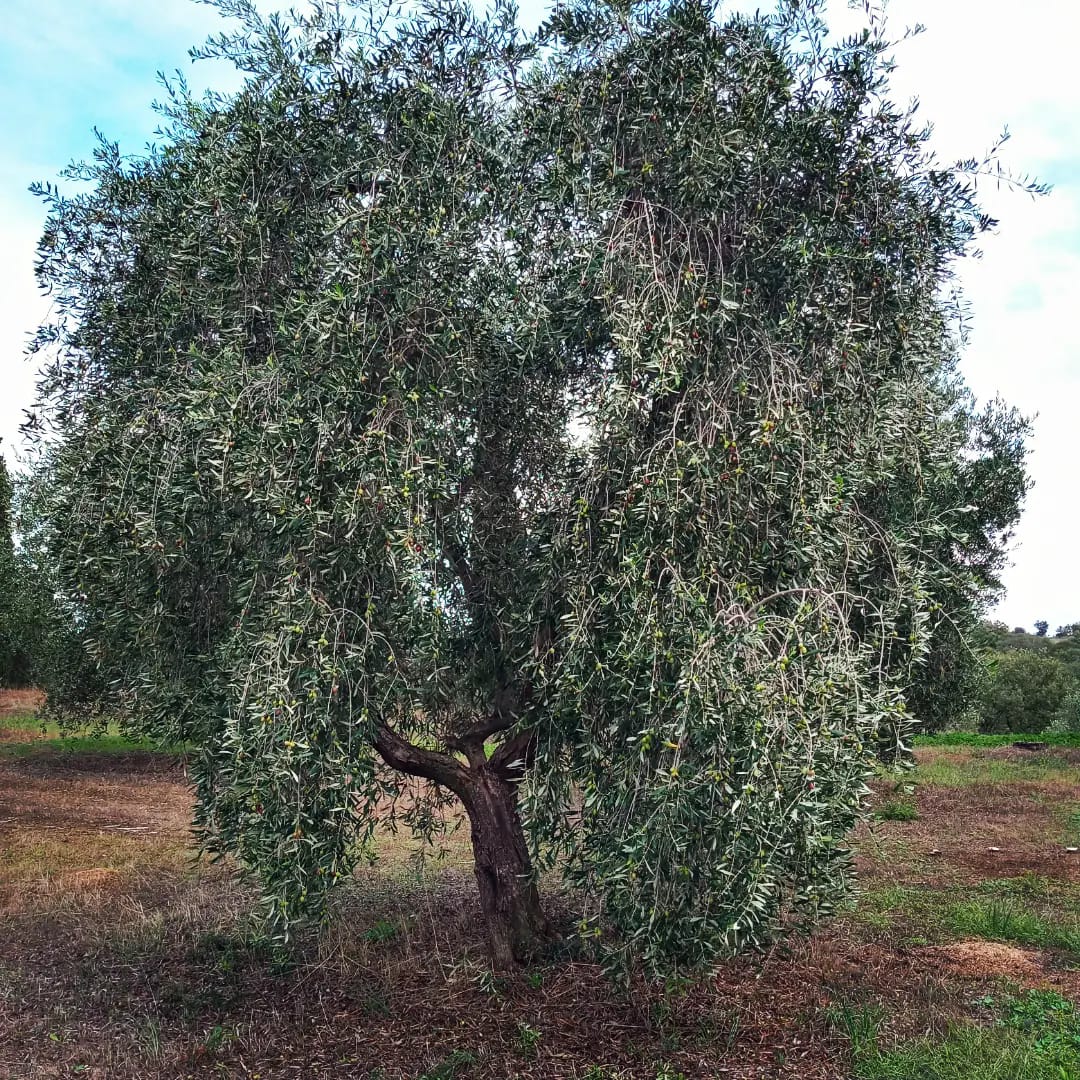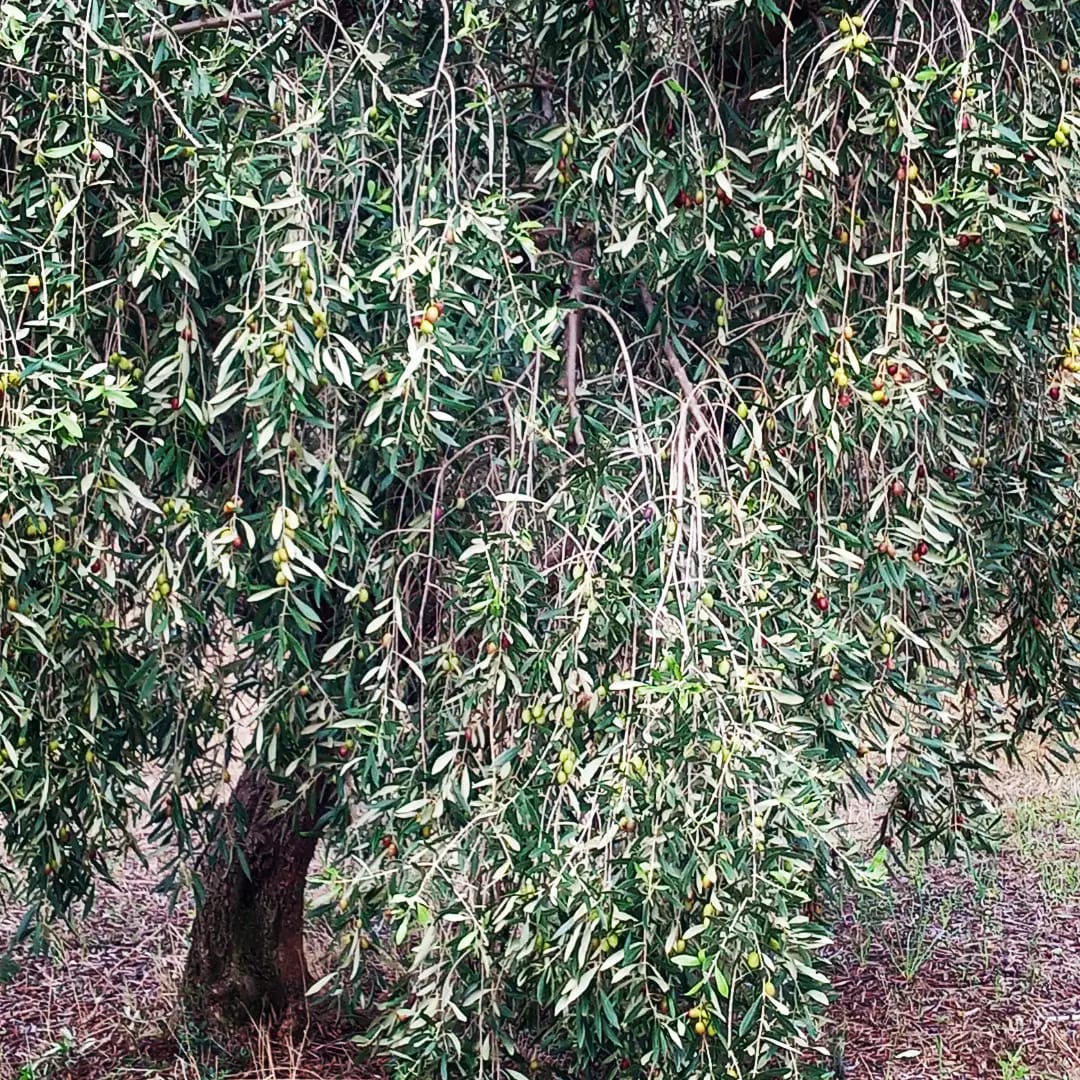
Pruning Olive Trees
 Pruning olive trees is a crucial aspect of their care and maintenance, influencing not only their overall health but also the quality and quantity of the olives they produce. Pruning serves various purposes, from shaping the tree to improving air circulation and sunlight penetration.
Pruning olive trees is a crucial aspect of their care and maintenance, influencing not only their overall health but also the quality and quantity of the olives they produce. Pruning serves various purposes, from shaping the tree to improving air circulation and sunlight penetration.
In this comprehensive guide, we will explore the when and how of pruning olive trees, delving into the science, techniques, and best practices to ensure a bountiful harvest and healthy groves.
Understanding the Olive Tree Growth Cycle
Before delving into the specifics of when and how to prune olive trees, it’s essential to comprehend the natural growth cycle of these evergreen wonders. Olive trees typically follow an annual cycle, including periods of vegetative growth, flowering, fruiting, and dormancy.
Vegetative Growth (Spring). As temperatures rise in the spring, olive trees enter a phase of active vegetative growth. New shoots and leaves emerge, and the tree focuses on developing its structure.
Flowering (Late Spring). In late spring, olive trees produce inconspicuous but vital flowers. These flowers, borne on the previous year’s growth, are essential for fruit set.
Fruiting (Summer to Fall). Following successful pollination, olives begin to form and grow. This phase lasts from summer to fall, with the olives gradually maturing on the branches.
Dormancy (Winter). During winter, olive trees enter a period of dormancy. This is a crucial time for pruning, as the tree is less active, and pruning activities are less likely to disrupt the natural growth processes.
When to Prune Olive Trees
Timing is critical when it comes to pruning olive trees. The optimal time for pruning depends on the specific goals of the pruning activity and the growth stage of the tree.
Winter Pruning (Dormancy Period)
Why: Winter is generally the preferred time for major pruning activities. The tree is dormant, minimizing stress, and the absence of leaves allows for better visibility and access to branches.
What: Winter pruning is ideal for shaping the overall structure of the tree, removing dead or diseased wood, and addressing structural issues. It also helps promote air circulation, reducing the risk of fungal diseases.
Summer Pruning (Post-Harvest)
Why: After the harvest and during the early summer, olive trees are in a phase of active growth. Summer pruning helps manage the tree’s size, encourages branching, and can enhance sunlight penetration into the canopy.
What: Summer pruning is suitable for removing excess growth, thinning crowded areas, and shaping the tree for better light exposure. It is also an opportune time for removing suckers (vigorous shoots emerging from the base of the tree).
Post-Harvest Pruning (Late Winter to Early Spring)
Why: Pruning immediately after harvest, in late winter to early spring, allows the tree to recover before entering the next growth cycle. This timing is especially beneficial in areas where winters are mild.
What: Post-harvest pruning focuses on removing unproductive wood, shaping the canopy, and addressing any issues observed during the harvesting season.
Regular Maintenance Pruning (Throughout the Year)
Why: Throughout the year, light maintenance pruning can be conducted to remove small shoots, deadwood, or diseased branches. This ongoing care helps maintain the tree’s shape and health.
What: Regular maintenance pruning involves minor adjustments and corrective measures, ensuring that the tree’s growth is directed in a desirable manner. It includes removing water sprouts, thinning out crowded areas, and shaping the canopy.
How to Prune Olive Trees
Having established the timing of pruning activities, let’s delve into the practical aspects of how to prune olive trees. The following guidelines cover various pruning techniques and considerations for different goals.
Tools and Equipment
Pruning Shears: Use sharp pruning shears for small branches and shoots.
Loppers: For thicker branches, loppers provide the necessary leverage.
Pruning Saw: A pruning saw is useful for larger branches that cannot be easily handled with shears or loppers.
Protective Gear: Wear gloves and safety glasses to protect hands and eyes from scratches and debris.
Disinfectant: Disinfect pruning tools between cuts, especially when dealing with diseased wood, to prevent the spread of pathogens.
Basic Pruning Techniques
Thinning. Thinning involves selectively removing branches to improve air circulation and light penetration. It helps reduce the risk of fungal diseases and ensures that the remaining branches receive adequate sunlight.
Heading Back. Heading back refers to the removal of the tips of branches, encouraging lateral branching and a denser canopy. This technique is often used to control the height and shape of the tree.
Crown Reduction. Crown reduction involves reducing the overall size of the canopy by removing larger branches. This is done to manage tree size, promote lateral growth, and improve sunlight exposure.
Structural Pruning
Objective. Structural pruning aims to establish a strong and well-balanced framework for the olive tree. This is particularly important in the early years of the tree’s life.
Techniques. Remove competing leaders (main upward-growing stems) to encourage a central leader structure. Eliminate weak or poorly positioned branches. Create an open canopy by thinning out excess growth.
Renewal Pruning
Objective. Renewal pruning involves the removal of older wood to stimulate the growth of new, productive branches. This is essential for rejuvenating older trees with declining productivity.
Techniques. Identify and remove older, non-productive wood. Encourage the growth of new shoots from the base of the tree. Gradually replace older branches with younger, more vigorous ones.
Dealing with Suckers
Suckers. Suckers are shoots that emerge from the base of the tree or from the roots. They can divert energy from the main tree and should be regularly removed.
Techniques. Use pruning shears to cut suckers as close to the base as possible. This helps prevent their re-emergence. Regularly monitor and remove suckers to maintain a clean and healthy trunk.
Disease and Pest Management
Inspecting for Disease. During pruning, carefully inspect the tree for signs of disease, such as discoloration, cankers, or unusual growth. Promptly remove affected branches and dispose of them properly.
Pest Control. Pruning provides an opportunity to identify and address pest issues. Inspect the foliage for pests like scale insects or aphids and take appropriate measures, which may include targeted pruning or the application of insecticides.
Harvest Pruning Considerations
Timing. If the olives are harvested mechanically, consider the height and shape of the tree to facilitate efficient harvesting. Prune to create a canopy that allows mechanical harvesters easy access to the olives.
Avoiding Fruit Damage. When conducting post-harvest pruning, be mindful of the remaining fruit. Avoid causing damage to branches that carry olives, as this can affect the following year’s crop.
Training Young Trees
Objective. Training young olive trees is critical for establishing a well-structured and productive canopy.
Techniques: Focus on shaping a central leader and eliminating competing leaders. Encourage lateral branching by heading back the main stem. Regularly monitor and adjust the tree’s structure during the early years of growth.
Additional Tips and Considerations
Proper Disposal of Pruned Material.
Collect and dispose of pruned material properly to prevent the spread of diseases. Burn or chip the material if possible, or dispose of it in a manner recommended by local agricultural authorities.
Observation and Adaptation.
Regularly observe the tree’s response to pruning and adjust your approach accordingly. Each tree is unique, and understanding its growth patterns will inform more effective pruning practices.
Watering and Fertilization.
Provide adequate water and nutrients to support the tree’s recovery after pruning. This is particularly important for major pruning activities that may temporarily stress the tree.
Professional Assistance.
For large or mature olive trees, or for complex pruning tasks, consider seeking the expertise of a professional arborist. Their knowledge and experience can ensure optimal pruning without compromising the tree’s health.
Record-Keeping.
Maintain a record of your pruning activities, noting the date, specific techniques applied, and any observations about the tree’s response. This record can be valuable for future reference and planning.
Pruning olive trees is both an art and a science, requiring a nuanced understanding of the tree’s growth patterns, seasonal cycles, and specific goals. When and how to prune depend on various factors, including the tree’s age, health, and the desired outcomes. By aligning pruning activities with the natural growth cycle and employing appropriate techniques, growers can ensure not only the health and longevity of their olive trees but also the consistent production of high-quality olives.
Whether shaping young trees, rejuvenating older ones, or managing the canopy for efficient harvesting, thoughtful and timely pruning is a key component of successful olive cultivation.
